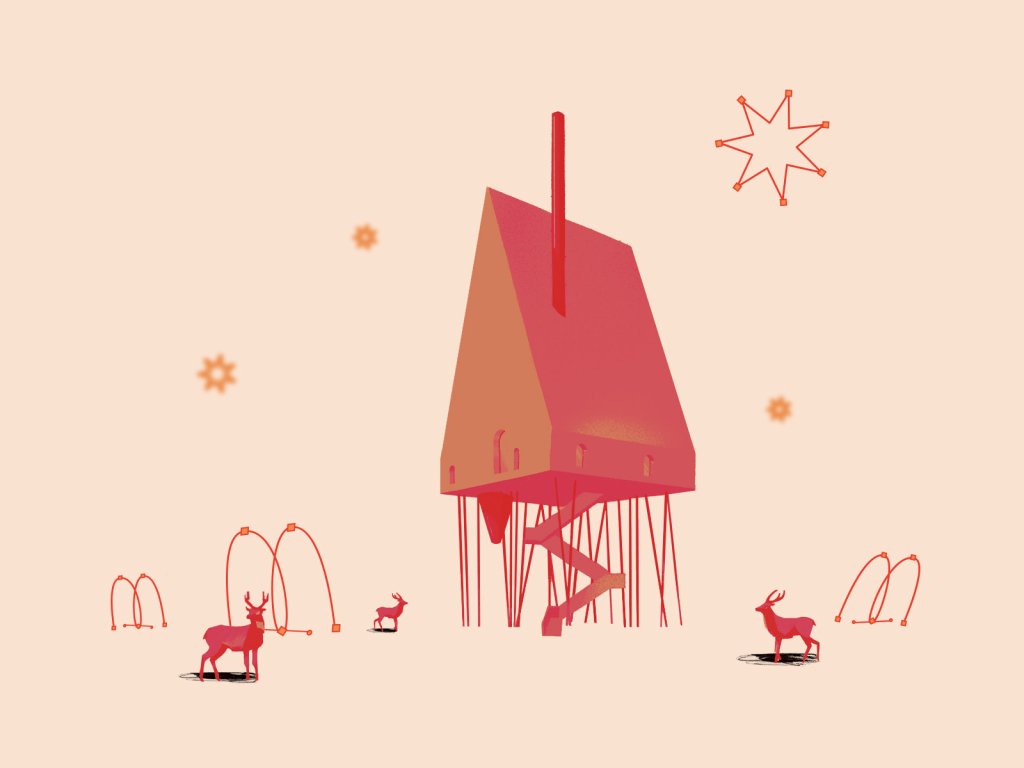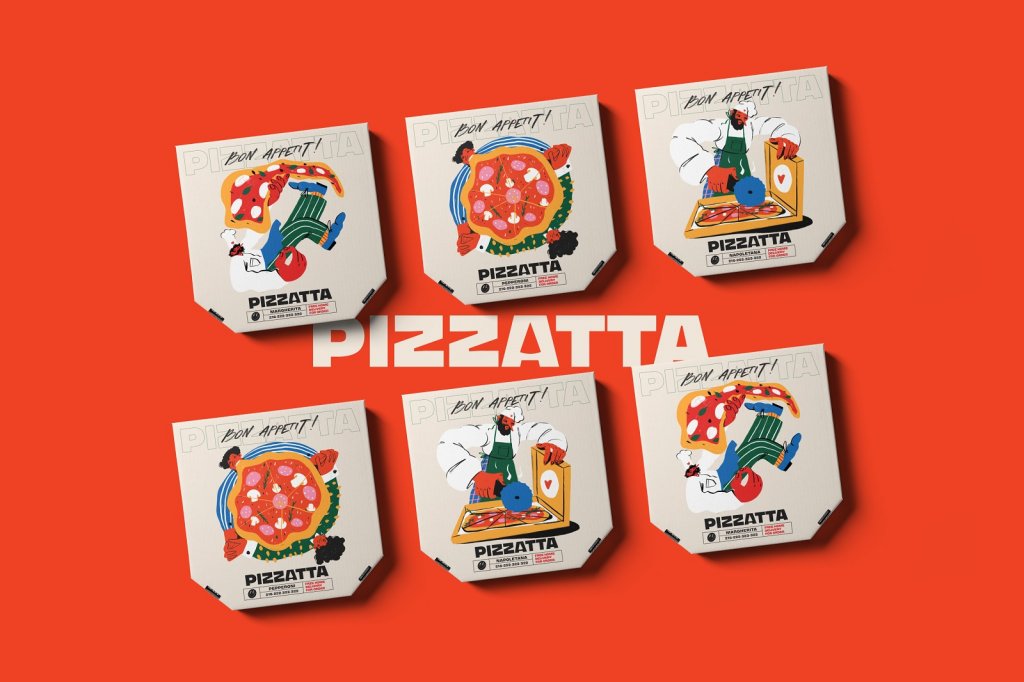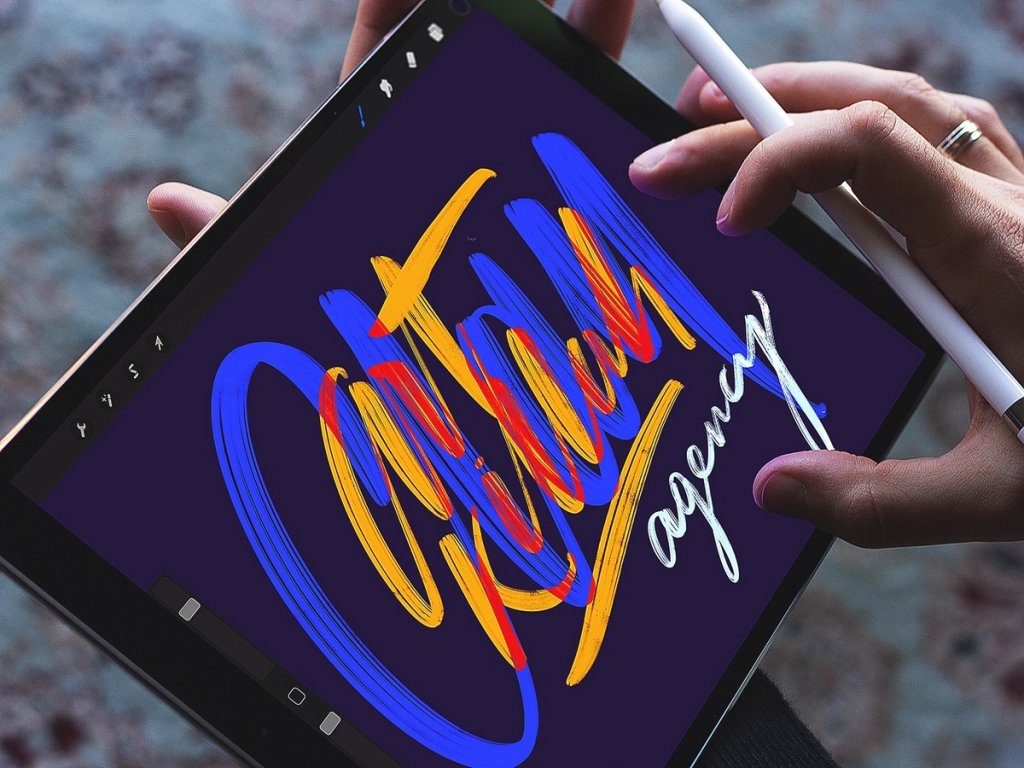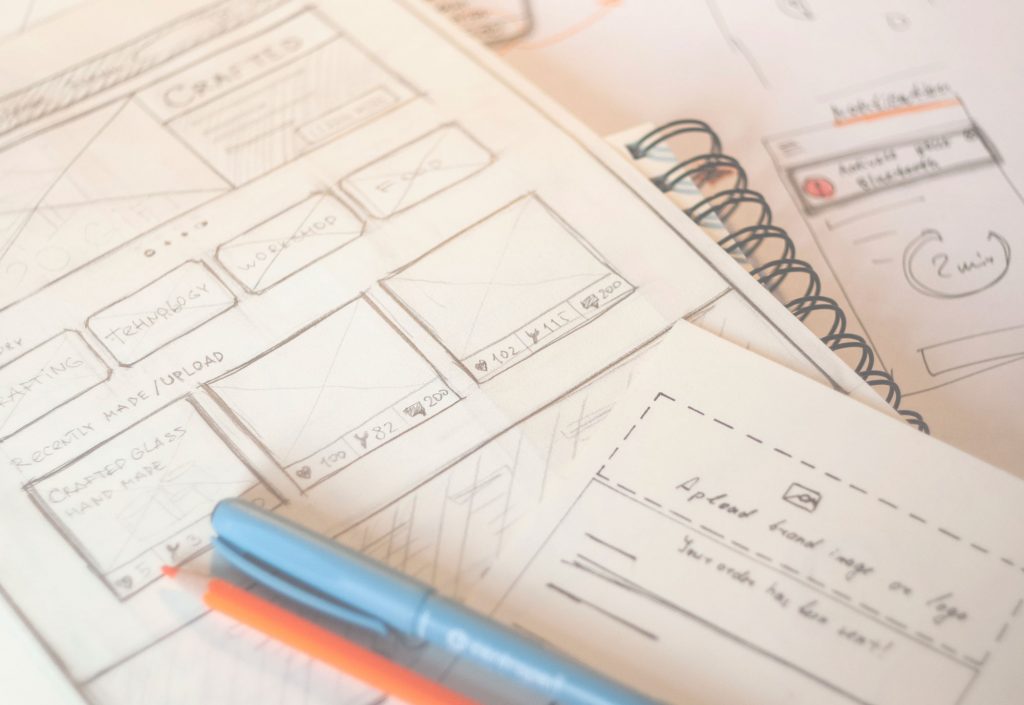The success of any visual composition highly relates to how people perceive it. There are many factors influencing human perception and the significant part goes to psychology. In one of our articles, we’ve already discussed the role of psychological principles in design and described how useful they can be on the way to understanding users.
The aspect which we want to cover in today’s article is called the psychology of shapes. Let’s see what this direction studies and how it can help designers in the creative process.
Psychology of shapes
All the visual objects can be analyzed in terms of shape. For example, an average house may be perceived as a rectangle with a triangle on the top and the sun is often presented as a circle with lines around it. People may not always notice what figures and shapes surround them still they have a great impact on our consciousness and behavior. The science studying the influence of shapes on people is known as the psychology of shapes.
The study claims that each shape has its own meaning and influences our minds and reactions differently. There are many psychological tests that are used to define the personality or mental condition via shapes. For example, a favorite figure can tell about a person’s character traits, a quickly chosen shape can show what’s on the mind.
Many years of research and tests have helped professionals to define what meaning each shape typically brings and how it can influence human perception. Let’s take a closer look.

Social network tutorial animation
Geometric shapes meaning
Hearing the word shape most people think about geometric figures first. There are plenty of geometric shapes that people see daily including squares, circles, rectangles, and others. But what do they mean? Let’s see.
Squares and Rectangles
These two shapes are thought to be the most commonly used. We see them many and many times per day. The walls and furniture, books or monitors, cell phones and cameras as well as many other everyday things have square or rectangular shapes. Straight lines and right angles of these two shapes give a sense of reliability and security. People strongly associate squares and rectangles with buildings the reason why they bring the feeling of trust and authority.
Common meanings:
- discipline
- strength
- courage
- security
- reliability
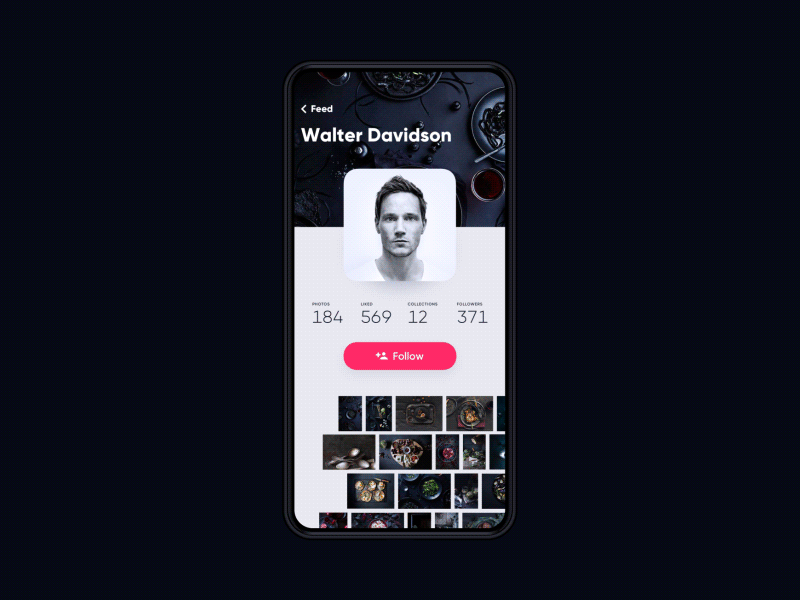
Photo App
Triangles
Triangle is an energetic and dynamic shape that is always associated with motion and direction. The lines are placed that way so our eyes automatically move to the top of a triangle or in the direction it is placed. Triangles can have different meanings. An upright triangle brings feelings of stability and balance but the reversed one looks risky and ready to fall giving people a sense of tense.
Common meanings:
- excitement
- risk
- danger
- balance
- stability
Circles, ovals, and ellipses
The first and foremost meaning of this shape is eternity since they have no beginning or end. The circle has a long association with the sun and Earth as well as other cosmic objects, while ellipse is similar to the whole universe. That’s why round shapes may give the feeling of magic and mystery. In addition, unlike the previous shapes, circles don’t have angles, so it makes them softer and milder.
Common meanings:
- eternity
- female
- universe
- magic
- mystery
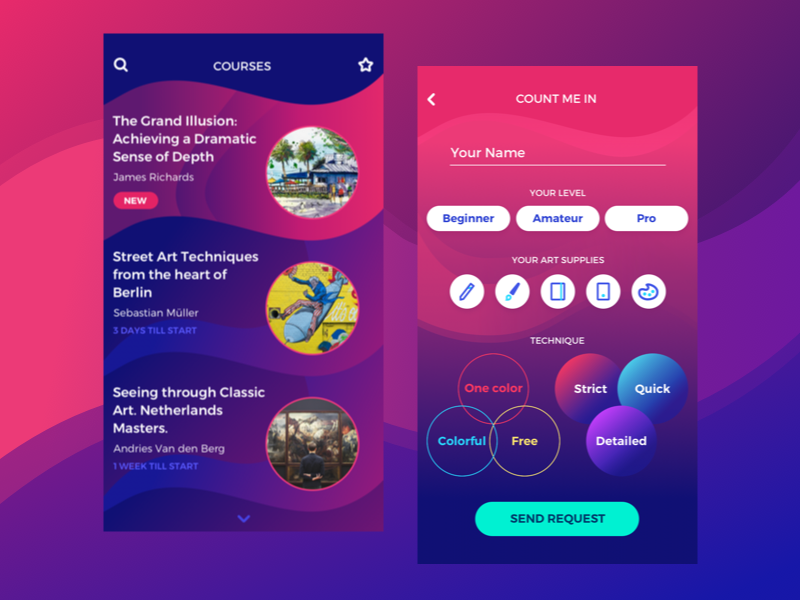
Art Courses App
Spirals
These shapes can be often seen in nature, for example, shells and some flowers, the reason why it’s often associated with the circle of life and growth. Also, in some cultures, spirals may represent knowledge or information. In modern society, they are seen as a sign of creativity and a fresh mind.
Common meanings:
- growth
- creativity
- calmness
- intelligence
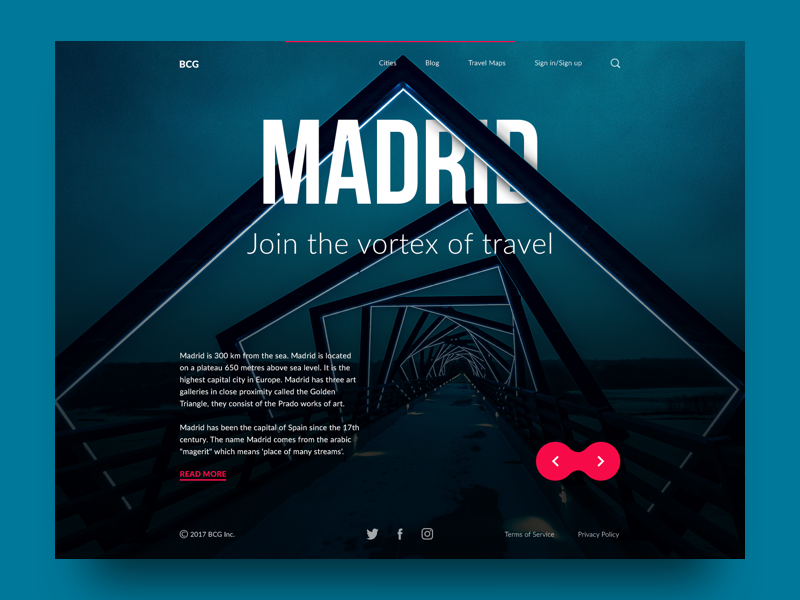
Natural shapes meaning
All the things created by mother nature have a unique shape. Leaves, flowers, trees, animals, and many other representatives of flora and fauna become the source of inspiration for artists and designers. Natural shapes have clear meanings of the plants and animals which they symbolize. They often bring a feeling of refreshment and unity with the natural environment. In addition, animals and plants can also have their own characteristics and symbols. For example, a rose is a flower of love and passion, while a lion is a symbol of pride and bravery but this is another topic to discuss.
Common meanings:
- originality
- organic
- balance
- refreshment
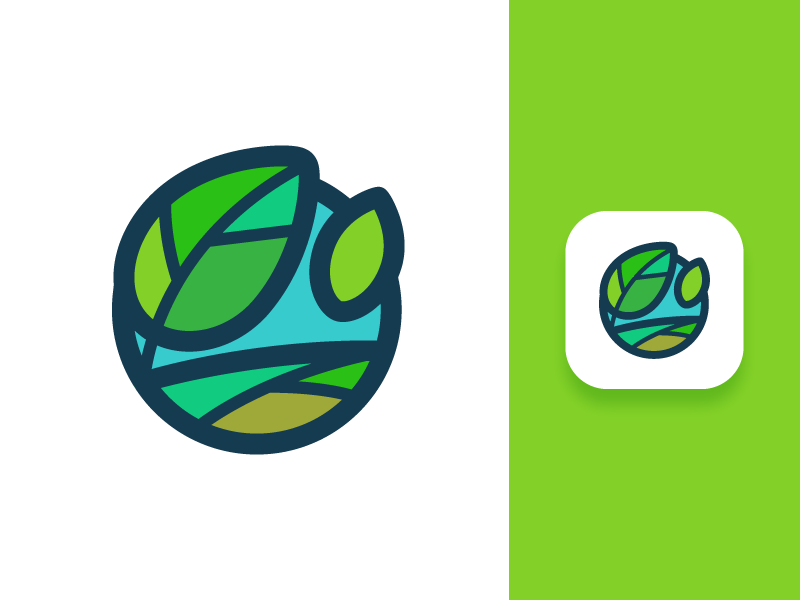
Andre landscape logo option
Abstract shapes meaning
They are usually visual symbols of abstract ideas or simplified versions of natural shapes. Some abstract shapes can be too difficult to recognize because they are stylized and only small details give a hint to what it is. One abstract shape often has both direct and figurative meanings. It is often used in graphic design, especially for logos and icons. Abstract shapes are an effective way to transfer a message quickly without text.
Common meanings:
- the duality of meaning
- uniqueness
- elaborate.

Wedding theme
How designers use the psychology of shapes
Shapes are essential elements in all design directions. They can serve as components of a visual composition as well as a content-organizing tool that divides or connects design elements into groups. To make a sophisticated design, experts need to consider the meaning of shapes and the impact they have on users’ minds.
Graphic designers often deal with small but meaningful elements such as logos and icons. A powerful logo needs to convey the right message which would serve as the brand voice. If the shapes are chosen appropriately for a logo, they will assist to convey the right mood without additional words. For example, in the case of a logo for a financial company, one of the approaches can be applying to apply the shapes which convey the feeling of trust and balance such as a square or triangle.
Various shapes are often found in user interfaces of digital products. They can be used as buttons or icons as well as applied to organize the content on the layout. For instance, text blocks are often gathered in a rectangular or square shape which allows users to quickly scan copy. Using different shapes designers can create the effective information architecture for a product. The elements of the layout may be structured in certain shapes so that make users’ eyes easily find core information. For example, if we place the content in a triangular shape placing the vital component on its top, people’s eyes will automatically go to the peak.
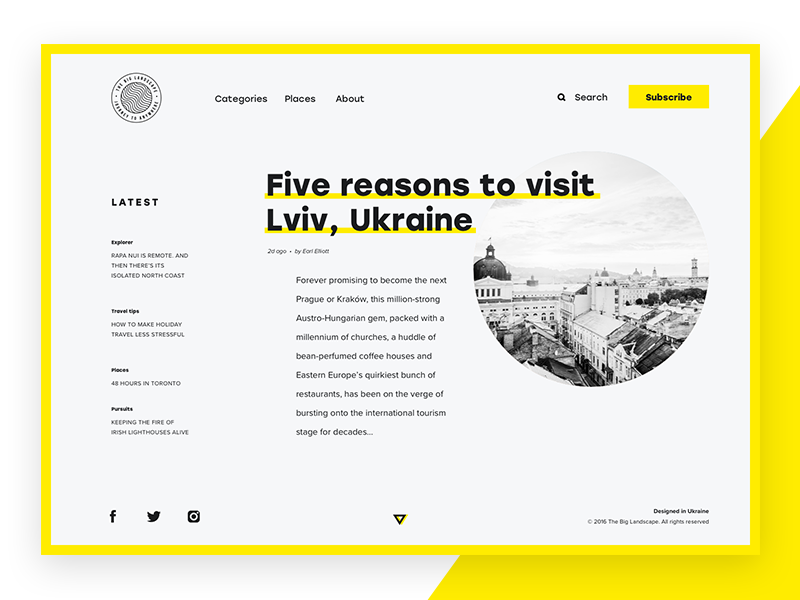
The Big Landscape
The psychology of shapes plays a big role in typography. There is a great number of typefaces and all of them have their individual impact on visual perception. Some kinds apply round shapes as dominant and they seem more feminine and mild unlike those with straight lines and sharp angles which are more formal and sometimes aggressive. That’s why it’s important to pay attention to what shapes are dominant in a chosen font to avoid a conflict between the context and visual presentation.
The human mind is full of secrets and it’s often hard to predict possible reactions. However, the science of psychology helps designers be prepared and comprehend how our brain works, at least at some basic level. Knowing the psychology of shapes designers are able to create proficient logos along with problem-solving user interfaces for web and mobile products.
Recommended reading
Color in Design: Influence on Users’ Actions
Psychology in Design. Principles Helping to Understand Users
Directional Cues in User Interfaces
How to Make User Interface Readable
Basic Types of Buttons in User Interfaces
3C of Interface Design: Color, Contrast, Content

